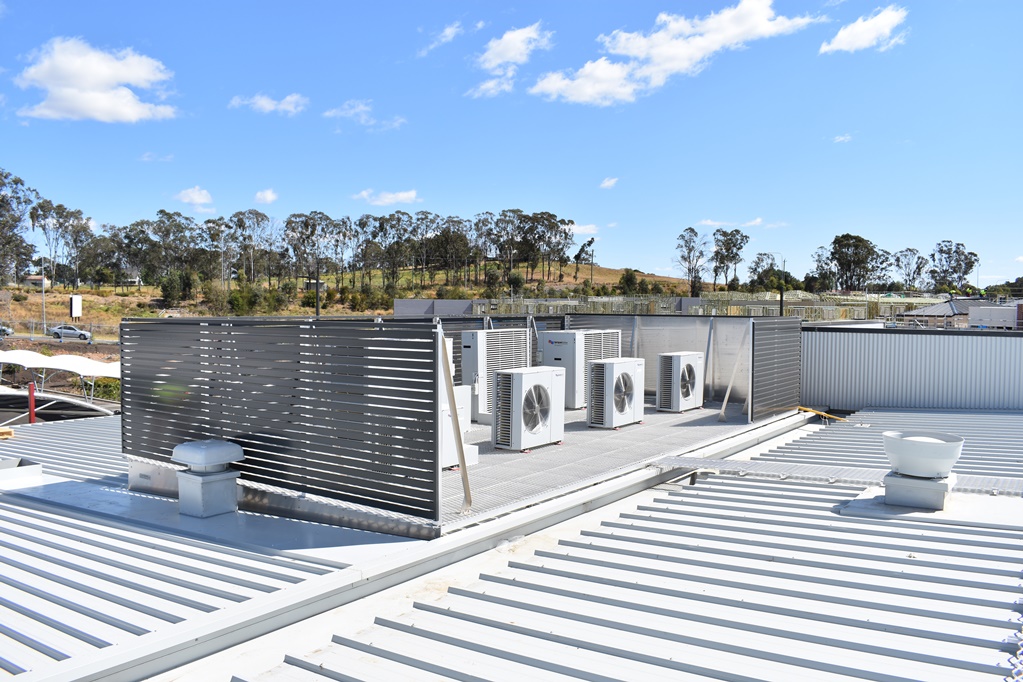Harnessing Nature’s Design: Innovative HVAC Integration With Plant Screen Louvres
Building administrators, architects, and engineers are perpetually on the lookout for novel approaches to achieve energy efficiency and sustainability. One such solution gaining traction is the integration of plant screen louvres into HVAC (Heating, Ventilation, and Air Conditioning) systems. By amalgamating organic components with state-of-the-art technology, this methodology not only amplifies energy conservation but also fosters a more salubrious indoor milieu. This article looks into the main points of integrating plant screen louvres into HVAC design for superior energy efficiency.
Understanding Plant Screen Louvres
Plant screen louvres are architectural elements designed to facilitate natural ventilation and shading. They consist of a framework with openings filled with vegetation, typically climbing plants or vines. These louvres serve multiple purposes, including providing shade, reducing solar heat gain, improving air quality through filtration, and enhancing aesthetics.
Energy Efficiency Benefits
One of the primary advantages of integrating plant screen louvres into HVAC design is the significant improvement in energy efficiency. By strategically placing these louvres on building facades, they act as a natural barrier against solar radiation, thereby reducing the need for mechanical cooling. The shading provided by the vegetation helps lower indoor temperatures, decreasing the load on HVAC systems and resulting in lower energy consumption.
Natural Ventilation And Air Quality
Plant screen louvres promote natural ventilation by allowing fresh air to flow into the building while expelling stale air. This natural airflow helps maintain indoor air quality by reducing the buildup of pollutants and allergens. Additionally, the vegetation acts as a natural air filter, trapping particulate matter and enhancing the overall healthiness of the indoor environment. Improved air quality contributes to occupant comfort and productivity while reducing the reliance on mechanical ventilation systems.
Biophilic Design And Aesthetics
By incorporating plant screen louvres into HVAC design, one is adhering to the tenets of biophilic design, an approach that aims to foster a connection between humans and nature within constructed spaces. The presence of greenery not only enhances the visual appeal of buildings but also fosters a sense of well-being among occupants. By bringing nature indoors, plant screen louvres create a harmonious and inviting atmosphere, contributing to a more pleasant and productive workspace.
Sustainable Building Practices
The use of plant screen louvres in HVAC design exemplifies sustainable building practices by reducing reliance on fossil fuels and minimising the carbon footprint of buildings. By capitalising on the thermal regulation capabilities of natural elements, structures can attain enhanced energy efficiency and mitigate their ecological footprint. Moreover, the integration of vegetation into urban settings serves to alleviate the urban heat island phenomenon, thereby enhancing climate resilience on a broader scale.
Maintenance Considerations
Maintaining plant screen louvres properly is critical for ensuring their continued effectiveness and endurance, despite the manifold advantages they provide. Regular pruning, irrigation, and pest control are necessary to keep the vegetation healthy and prevent it from obstructing airflow or damaging building facades. Additionally, periodic inspections of the supporting framework and irrigation systems are crucial to address any potential issues promptly.
Conclusion
Innovative HVAC design that integrates plant screen louvres represents a forward-thinking approach to sustainable building practices. By harnessing the power of nature, buildings can achieve superior energy efficiency, enhance indoor air quality, and create aesthetically pleasing environments. With the increasing need for environmentally sustainable solutions, the incorporation of plant screen louvres into HVAC systems presents a persuasive avenue towards the construction of greener and healthier structures.













